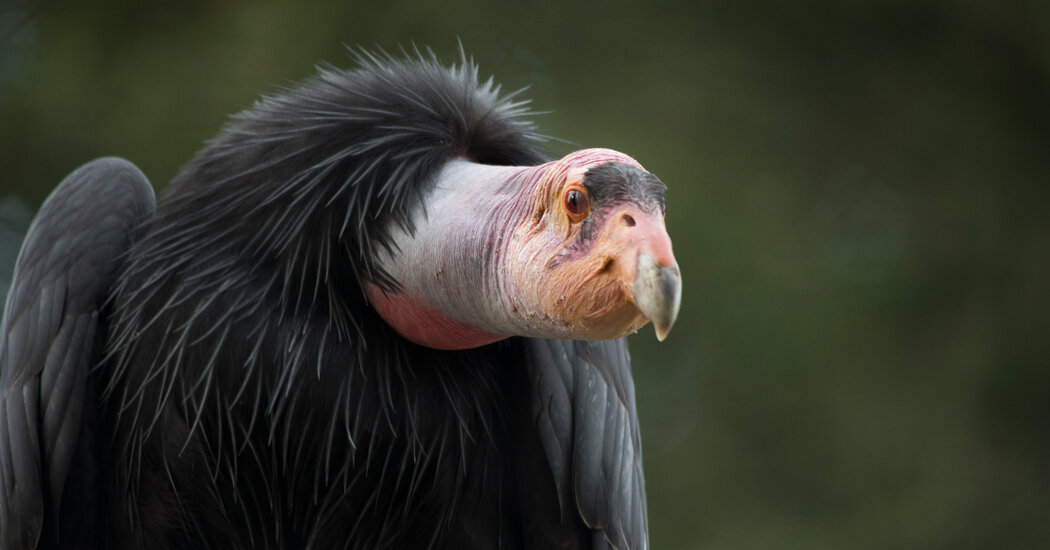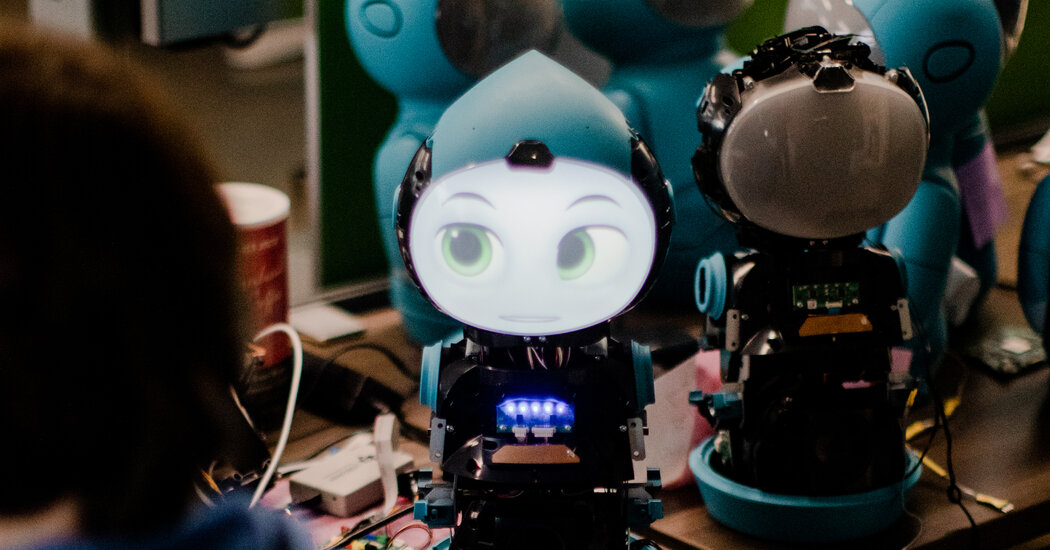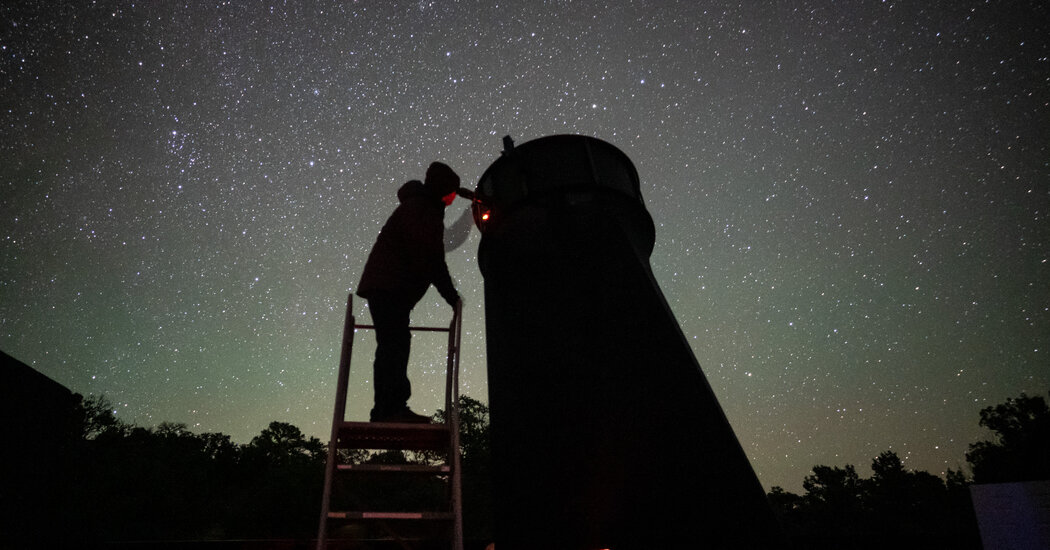How to Build a Scent Smorgasbord for Mosquitoes
For a bloodthirsty, global health threat, the African malaria mosquito, Anopheles gambiae, has surprisingly discriminating taste. It prefers feeding on humans to other animals, is more attracted to some people than others and even then appears to have a particular predilection for feet.
“Despite being quite tiny, the African malaria mosquito has a very powerful sense of smell,” Conor McMeniman, a vector biologist at Johns Hopkins University, said. “And it also can be quite choosy.”
Scientists have spent decades trying to decode the chemistry of mosquito attraction, working to identify precisely which odors they are drawn to and why some people are mosquito magnets. To explore such questions, researchers have often released the insects into small laboratory wind tunnels stocked with used socks or sweat-coated glass beads.
But Dr. McMeniman wanted to better replicate the way that the mosquito selects its targets in the real world. “We really wanted to create a spacious sort of home away from home for the Anopheles gambiae mosquito,” he said, “where we compete multiple sources of human odor against each other to see what they like best.”
And so, he and his colleagues built a 4,300-square-foot “flight cage” at the Macha Research Trust, a health research institute in southern Zambia. The structure became the centerpiece of an elaborate experimental system involving sleeping volunteers, customized canvas tents, precisely warmed hot plates and mosquito-tracking cameras.
Although the research is in early stages, the scientists hope that learning more about “the sensory biology of how mosquitoes track and hunt humans” could lead to better mosquito lures and repellents and, ultimately, new strategies for tackling malaria, Dr. McMeniman said.
Here’s how they conducted their first studies, which were published in May in Current Biology.
Build the flight cage
The Macha Research Trust is remote. “Not a backhoe, cement truck or crane within miles,” Chris Book, the institute’s administrative director, said. Local workers mixed the concrete, poured the foundation and erected the steel beams by hand, while a tailoring company sewed together the netting that encloses the structure.
Release the (tiny) beasts
Anopheles gambiae is “the night owl of the mosquito world,” Dr. McMeniman said, so the experiments began in the evening. At 8 p.m., one researcher entered the flight cage with a container of 200 hungry mosquitoes, released the insects and then quickly exited. (The mosquitoes were bred in a lab and did not carry the parasites that cause malaria.)
Produce the people
At 10 p.m., six volunteers climbed into individual canvas tents arrayed around the perimeter of the flight cage. The volunteers, who wore scrubs, had been asked to refrain from using scented personal products and from eating onions, garlic or other smelly foods. Then, they slept. As they did, a low-speed fan blew their scents through a flexible aluminum tube — a repurposed bit of air-conditioning ductwork — sewn into the foot of each tent.
Track the mosquitoes
The odors traveled through the ducts and into the flight cage, about 50 feet away. Each tube discharged its scented plumes over a small aluminum plate, which had been warmed to the temperature of human skin. The researchers used infrared cameras to record the mosquitoes landing on each hot plate, “which is a good sign that they’re ready to bite,” Dr. McMeniman said. Then, they tallied the number of landings on each participant’s plate.
Collect the body odors
While the volunteers slept, the scientists collected air samples from each tent. They were later analyzed in the lab to determine each person’s “scent signature.”
Vacuum up the mosquitoes
In the morning, the scientists collected the mosquitoes with vacuums strapped to their backs. “We use ourselves as the lure,” Dr. McMeniman said. “So as soon as they land on us, we can suck them up.”
Reset and reuse the arena
The scientists tested the same six volunteers against one another for six nights. They found that the mosquitoes were most attracted to a participant who gave off high levels of carboxylic acids, which are produced by skin microbes and sebum, an oily residue secreted by glands in the skin. The volunteer least attractive to the mosquitoes emitted not only low levels of carboxylic acids, but also lots of eucalyptol, a plant-derived compound that is common in a variety of foods and is known to repel mosquitoes.
Expand the experiments
The researchers hope to expand their pool of volunteers in Zambia to further investigate the chemicals and the microbes that mosquitoes are drawn to. They are also interested in building similar experimental arenas on other continents, to probe the preferences of local mosquito species. “Because you can be sitting in your backyard, and having a conversation with somebody and you might be slapping at the mosquitoes constantly, while your friend sitting next to you is hardly getting bit at all,” Mr. Book said. “What’s the difference?”


